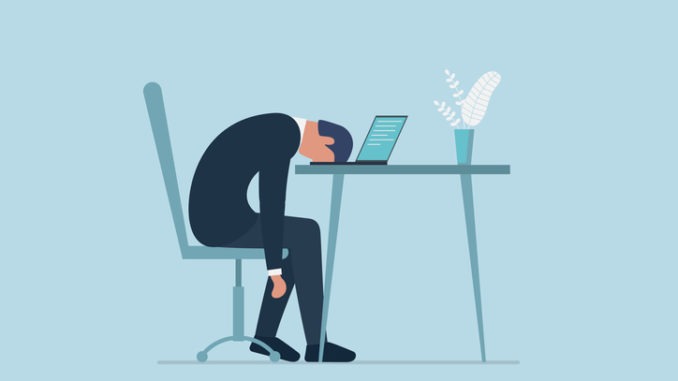
Kat Nicholls explores some of the ways our physical bodies feel the weight of our emotional problems
CREDIT: This is an edited version of an article that originally appeared on Happiful
Last summer I started experiencing some strange physical symptoms. I was getting chest pains, a tight throat, dizziness and even moments when I didn’t feel like I was ‘in’ my body.
After working for five years as a writer in the mental health industry, I realised pretty quickly that this was likely down to my mental health, not my physical health. Sure enough, a trip to the doctors confirmed it was anxiety and I was offered cognitive behavioural therapy (CBT) to help.
During my consultation with the CBT therapist I mentioned that all of my symptoms were physical – I wasn’t having the racing thoughts or worries I had always associated with anxiety. As it turns out, this isn’t unusual. While my therapist said she had no solid evidence to back it up, in her experience she noticed some people seem to struggle to process thoughts, and so the symptoms manifest in purely physical symptoms.
Our mental and physical health are very much intertwined, and there are several concerns our bodies can tell us about, from stress and anxiety to depression.
So, what are the signs?
I spoke to a core medical trainee and asked her to explain some of the physical symptoms we can experience when we’re struggling with something mentally. Broadly speaking, there are several physical clues that things aren’t so great mentally. These include:
- Reduced concentration or inability to focus.
- Feeling tired/lethargic/lacking motivation.
- Rapid weight changes – this can be up or down.
- Change in appetite.
- Change in sleep pattern – this can be sleeping more or not being able to sleep.
- Palpitations.
- Feeling sick.
- Knot in stomach.
- Shaking, sweating.
- Breathing more rapidly.
Sometimes a particular action unique to you can be a warning sign – for example, I have noticed myself reaching to fiddle with my earrings when I’m stressed, even if I’m not wearing any.
This list is not exhaustive, and describes symptoms more common in depression and/or anxiety. It’s important to note that not everyone with these conditions will experience all of these things, and different people may experience things other than the above. Furthermore, the degree to which they affect people can vary with time.
It’s also important to say that people without depression or anxiety may experience mild forms of the things listed from time to time too – mental health is a spectrum.
How can we use this knowledge?
As worrying as physical symptoms can feel at the time, once you’ve established they have a mental health-related cause – they can actually be useful.
Now I know my physical symptoms of anxiety, I’m far better at recognising them and, crucially, acting on them. If I start to feel chest pains, I get a little dizzy, my throat feels tight or I experience a flash of disassociation – I know I need to take action.
These are my red flags that I’m not okay. They gently (or sometimes, not so gently) remind me that I need to slow down, do some breathing exercises and prioritise self-care. They help me stop and process my thoughts – what’s going on? What am I worried about? What’s on my mind?
Sometimes the remedy is a quick walk around the building I work in, or a little meditation. Other times it’s taking time off work and revisiting my CBT therapy techniques. Often it’s about journaling, talking and processing, knowing the whole time that, if I get overwhelmed, I can always reach back out for professional support.
The quote ‘If you listen to your body when it whispers, you won’t have to hear it scream’ is pretty apt here. If we listen to our bodies, and respond to them with compassion, we’ll help ourselves manage both our mental and physical health.
Don’t forget to follow us on Twitter, like us on Facebook, or connect with us on LinkedIn!


Be the first to comment